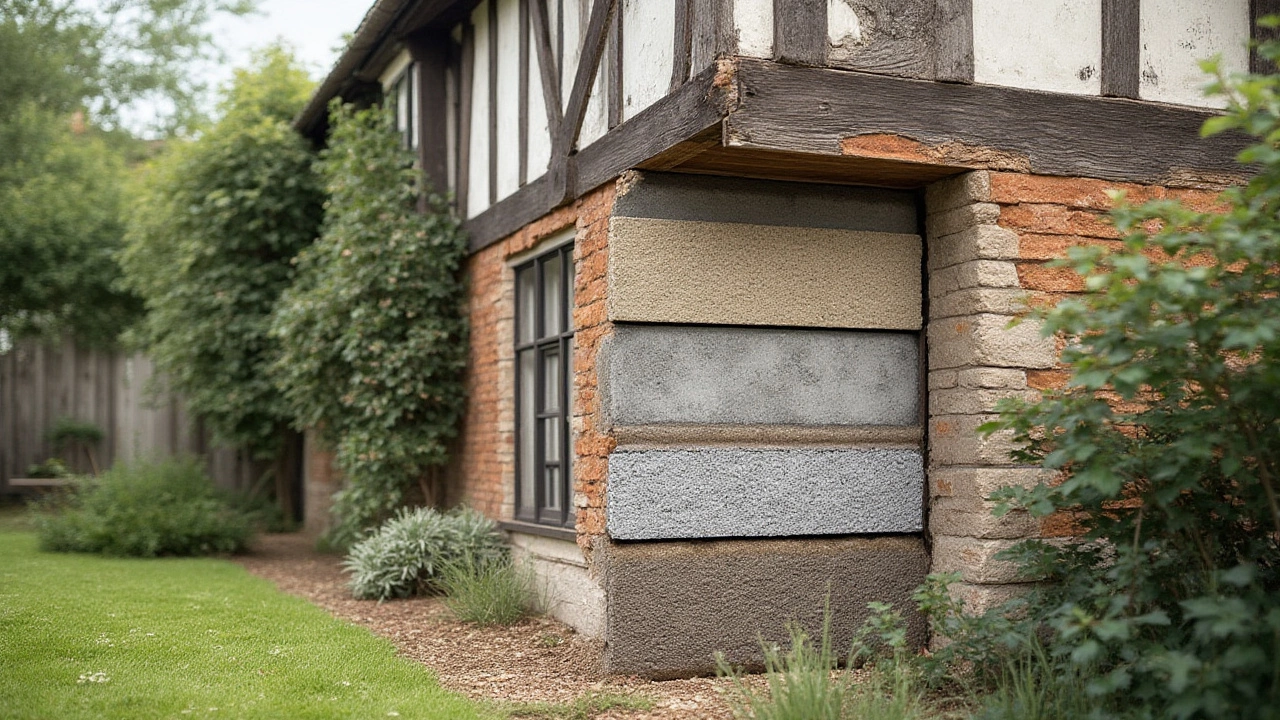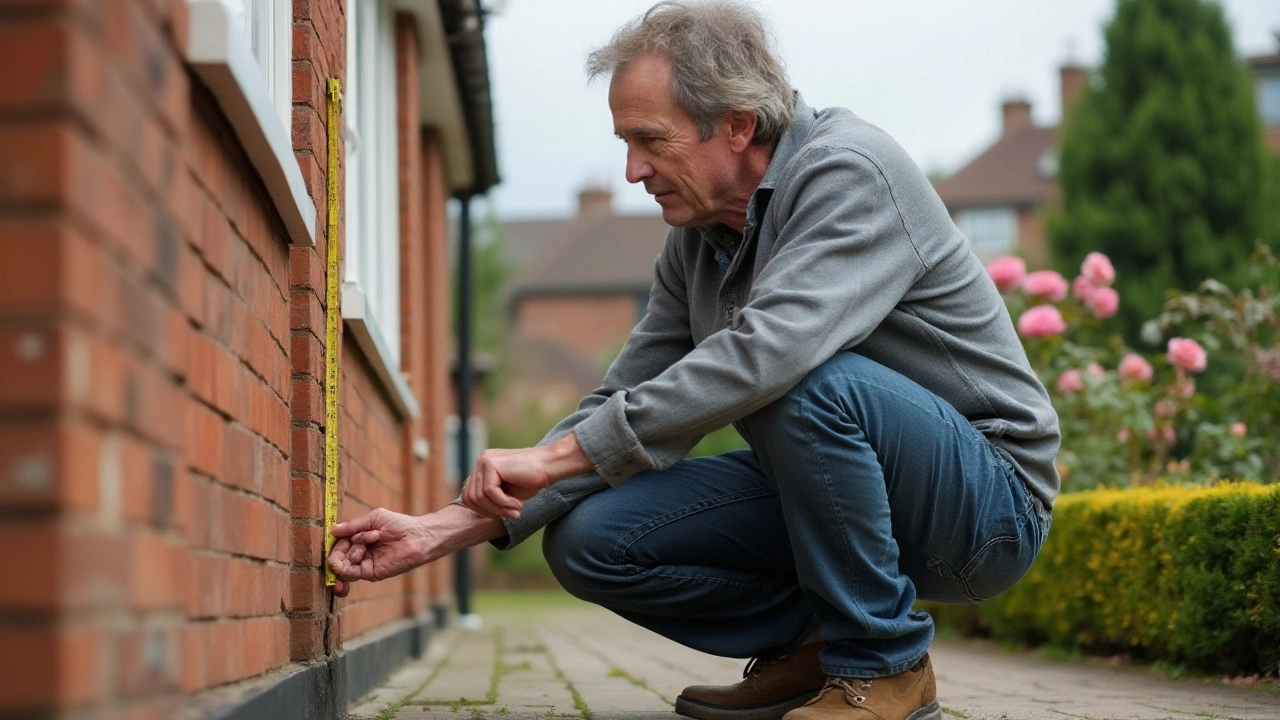Foundation Cracks: Spotting the Signs and Fixing the Problem
First thing’s first – if you see a line in your floor, wall or slab, don’t ignore it. A crack in a foundation can be a simple shrink‑age line or a sign of serious movement. The good news? Most homeowners can tell the difference with a little know‑how, and fixing the right issue early can save a lot of cash later.
Common Types of Foundation Cracks
Not every crack is created equal. Here’s a quick cheat‑sheet to help you name the culprit:
- Hairline cracks (1‑2 mm): These are usually harmless. They appear as thin, spider‑web patterns in concrete slabs and often settle on their own.
- Vertical cracks: Running up and down, they often point to normal settlement. If they’re wider than 3 mm, start checking for movement.
- Horizontal cracks: These are the red flags. A horizontal line means pressure is building against the wall – think soil shift or water pressure.
- Diagonal/ stair‑step cracks: Found on brick or block walls, they usually signal structural stress. The wider they get, the more urgent the repair.
Measure the width with a simple ruler or a crack gauge. Anything over 3 mm deserves a professional opinion, especially if the crack is growing over weeks.
When to Call a Pro
DIY fixes are fine for tiny hairline cracks – a concrete filler does the trick. But once you’re looking at a horizontal crack, stairs, or a gap bigger than a pencil, it’s time to ring a specialist. A qualified contractor will check:
- Soil moisture levels – too much water pushes the foundation out of shape.
- Load distribution – heavy trees, cars, or added stories can tip the balance.
- Overall structural integrity – sometimes a crack is just a symptom of a deeper issue.
Most firms will do a visual inspection, then suggest a more detailed survey if needed. That could mean laser leveling, soil borings, or even an infrared scan to spot hidden moisture.
Cost-wise, you’ll see a range. A simple epoxy injection for a vertical crack might run £200‑£500. Horizontal cracks often need wall anchors or underpinning, pushing the bill to £1,500‑£5,000 depending on depth and access. Ask for a written estimate that breaks down labor, materials, and any extra work like drainage improvements.
While you’re waiting for a quote, you can limit further damage:
- Redirect downspouts away from the foundation – at least a 1‑meter drop.
- Keep the ground around the house level or gently sloping away.
- Avoid planting large trees too close; roots can pull soil and create pressure.
These steps won’t fix a big crack, but they’ll stop water and soil from making the problem worse.
Bottom line: not every line in your floor means disaster, but knowing what you’re looking at saves you time, stress, and money. If a crack looks serious, get a pro on board fast. A solid foundation means a solid home – and that’s worth protecting.


